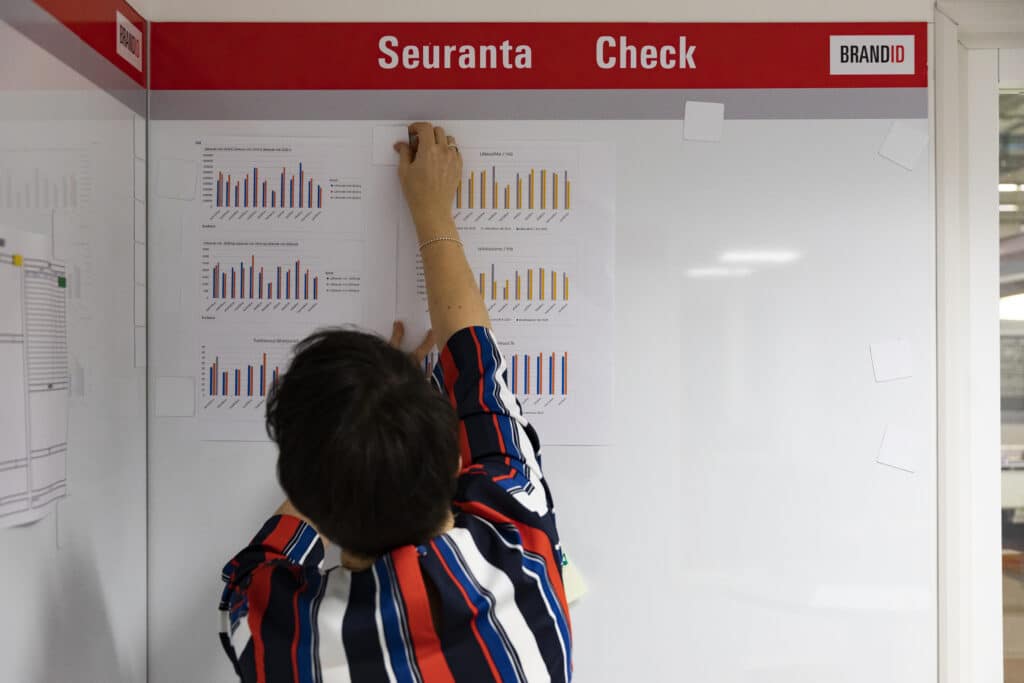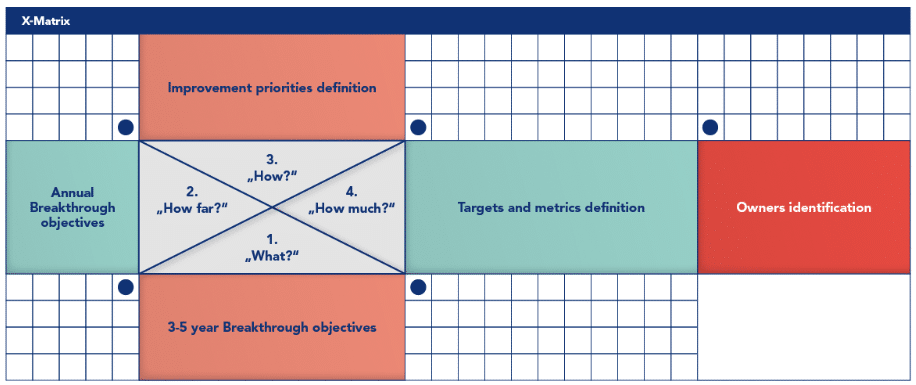The goal is a customer who gets the best quality service, flexibly
Management requires a strategy to react to unexpected situations.
António Costa, CEO, Kaizen Institute
- Current global challenges have impacted businesses but they should not affect growth if organizations adopt the right strategy.
- Once you have a strategy in place, challenges will be a matter of process rather than a loss determinant.
- Businesses should adopt a three-step process involving daily strategic and critical thinking, a high-level matrix of strategic priorities to monitor daily and embedding a countermeasure culture.
As rising energy costs and inflation hit supply chains and bottom lines, the current geopolitical and economic challenges have hardly been easy to navigate. That’s because businesses do not have seasoned methods for dealing with such a fast-changing environment.
Once leaders understand that strategy and action are an integral part of a corporate culture, steering the ship towards a vision becomes much clearer, despite the turbulent environment.
The current global challenges should be used as an opportunity to:
- Grow by learning from the best companies thriving in difficult times.
- Change by identifying harmful paradigms and breaking them down with zero tolerance.
- Strategize by making vision and strategy practical every day.
Applied leadership
Graphics company Brand ID, for example, has been embarking on a journey to develop the will and clarity to succeed in difficult markets. The Finnish company tripled turnover between 2017 and 2022, even in the printing industry, which has been struggling with steadily declining revenues.
Juha Heljakka, Brand ID’s CEO, puts it this way: “Companies that don’t step back to re-think are in a trap. We learned to escape this hamster wheel and now focus on moving forward in every new situation.”
Practising leadership principles also determines whether a company deteriorates or grows, regardless of challenges such as inflation or material price increases. “For us, such issues are not negative, they are just a topic in general that we process in our operating system,” says Heljakka.
Getting a viable system started, however, involves multi-step process to realizing an embedded environment that will help organisations thrive.
1. Make strategy your daily business
“It is important to start in the leadership team by creating a common language of cooperation,” says Heljakka. Coordination in the leadership team requires critical thinking, i.e. a way of constantly challenging each other to commit to disruptive goals. This thinking makes it possible to identify what is preventing the business from growing and to let go of old paradigms that caused the original weaknesses.
The key is to combine such breakthrough objectives with daily management practices, supported by meeting routines and leadership standards.
“Working this way helped us to make Kaizen the core of our business system. It is already a powerful tool and excels in strategizing the future,” summarizes Heljakka.

2. Focus on impact and keep deviations visible every day
The next step on Brand ID’s journey was to simplify the strategy process and engage everyone in the organization to implement it at their level.
“We apply this practice top-down in the case of acquisitions. Doing it this way takes us less than four months to restructure a business completely. However, we also apply it bottom-up because employees have the best knowledge on removing bottlenecks in their own processes.”
The myth to overcome is that people are, in general, hesitant to change. Instead, leaders need to understand that it is part of being human to resist change; it is a protection mechanism. The problem is usually the way change is facilitated, in that it often impacts negatively on people and their work.
The Kaizen methodology often uses the X-Matrix to involve the entire organization in strategizing and break strategy down on a single page in a visual format. The CEO’s X-Matrix (the highest-level matrix) is developed first, describing top-level strategic priorities. This process of unfolding creates accountability and alignment across the organization to achieve the results planned for the respective time period.

Heljakka concludes, “Carrying out the X-Matrix in such a structured way, helps us to build trust. It helps us to focus on the few things that we really have to bring forward: development projects, as well as key drivers and processes. It is a communicative exercise, quite simple and straightforward, so that we can execute it at all three levels of our organization.”
Using the X-Matrix helps organizations become better places to work. At Brand ID this is measured in an employee promoter score, leading to an enhanced work environment year on year.
3. Build a countermeasure culture
Culture was the final step for Brand ID to complete their business system.
“We have moved towards a culture of how we are acting on deviations. Any issues that require actions are handled in the same way. As soon as we identify a need for change, we can immediately apply our way of making improvements as our employees already know how to act,” says Heljakka.
This culture requires the CEO to switch into a coaching role: not doing the work but leading the teams to find impactful measures, strictly focusing on the process and allowing for “learning-by-doing.”
In this respect, impactful countermeasures are the template for the future. Originating from the Toyota Production System (TPS), countermeasures are distinct from problem-solving methods in that they do not identify root-causes, which can be a time-consuming exercise given the number of variables to be analyzed in any business.
The approach is to rather develop the “best method of the day,” allowing fast improvement. The aim of a countermeasure is to rectify the trend or course correct to keep the business on track, without waiting for the perfect solution.
“We analyze quickly, then make sure that we see a wanted or unwanted effect from what we are doing and then fine-tune the direction. This we do every day, leading to a more proactive culture,” concludes Heljakka.
You can read the original World Eonomic Forum article here
